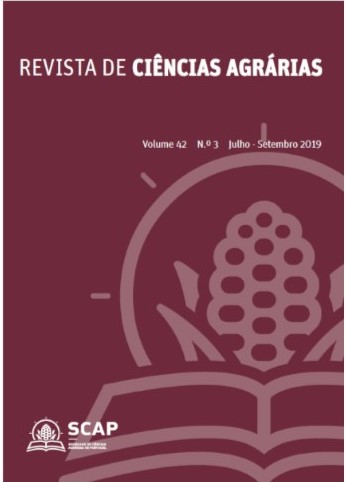Gestão de efluentes vinícolas: potencialidades da sua reutilização na rega de espécies ornamentais
DOI:
https://doi.org/10.19084/rca.16715Abstract
This study intended to evaluate the possibility of reuse treated winery wastewater (EV) for the irrigation of ornamental species. For that, initially phytotoxicity tests were made in seeds of Lepidium sativum and a grass mixture exposed to increasing concentrations of EV and an irrigation experiment in Petunia x atkinsiana with different concentrations of EV: winery wastewater without dilution (EV100%), diluted EV (EV60%), EV with corrected pH (EVT) and control (EV0%). After irrigation experiment, morphological and biochemical analyses were performed. The tests revealed that EV potentiated germination of grass mixture seeds, although it was moderately phytotoxic to L. sativum (Germination Index 76.7%). From the irrigation experiment in P. x atkinsiana, it concluded that EV0% and EV100% treatment improved plant growth in relation to EV60% and EVT, of growth and leaf anatomy. There were no significant changes in leaf concentrations of photosynthetic pigments (P = 0.946) and total phenolics (P = 0.126) and total anthocyanins in flowers (P = 0.918). It concluded that the reuse of EVs in the irrigation of petunias could be a sustainable alternative considering that it did not affect visual and esthetical characteristics such as the colour and the number of flowers, which are valued commercially in ornamental species.


